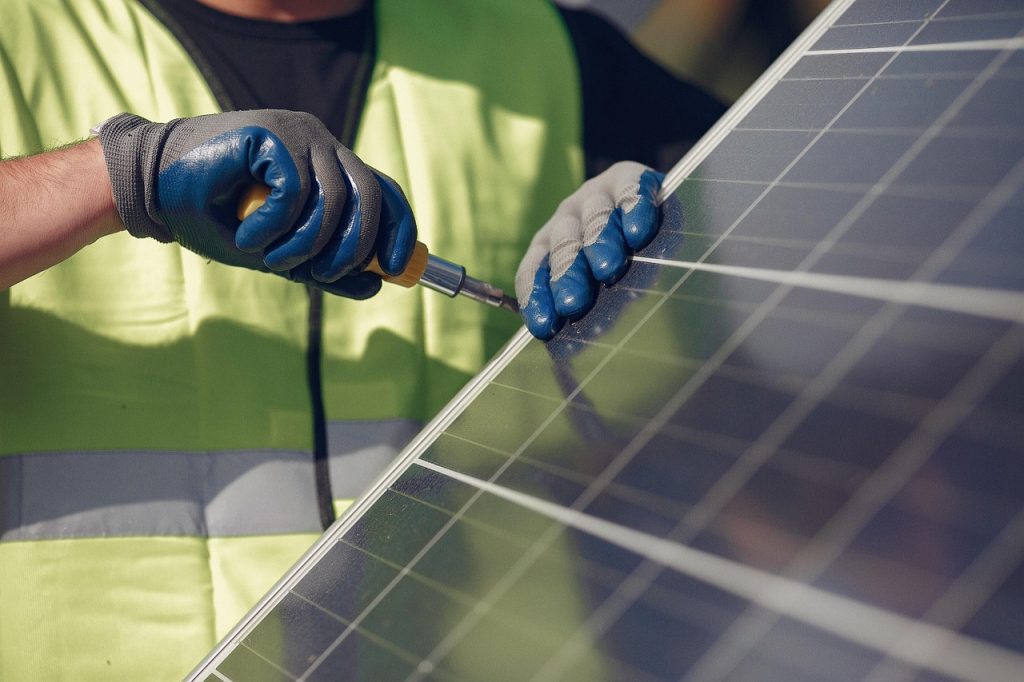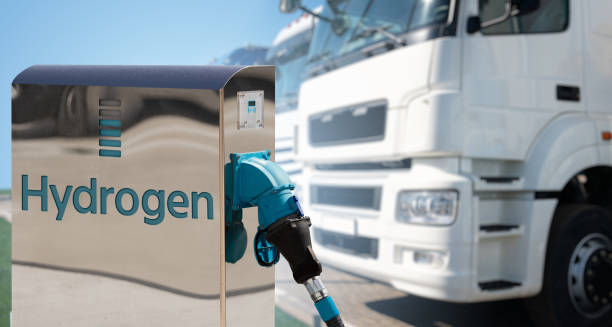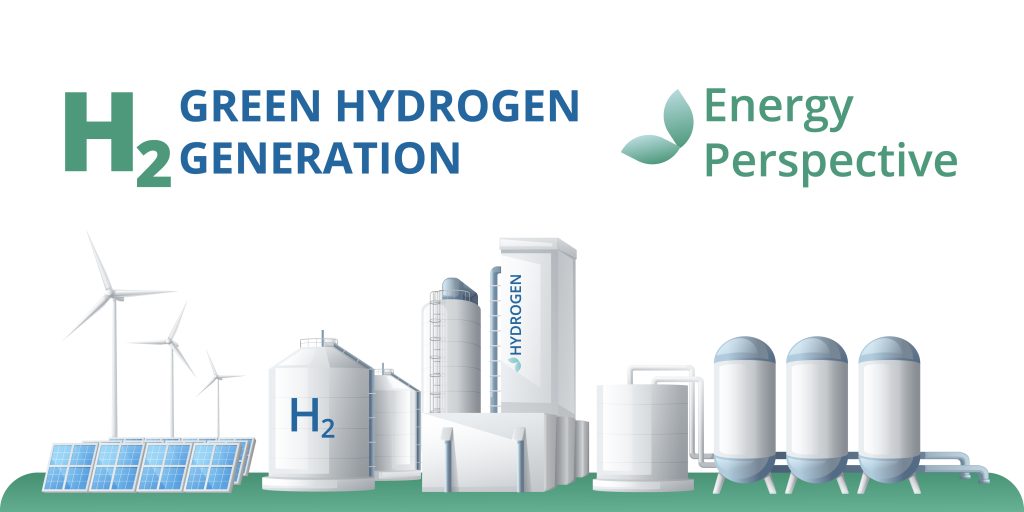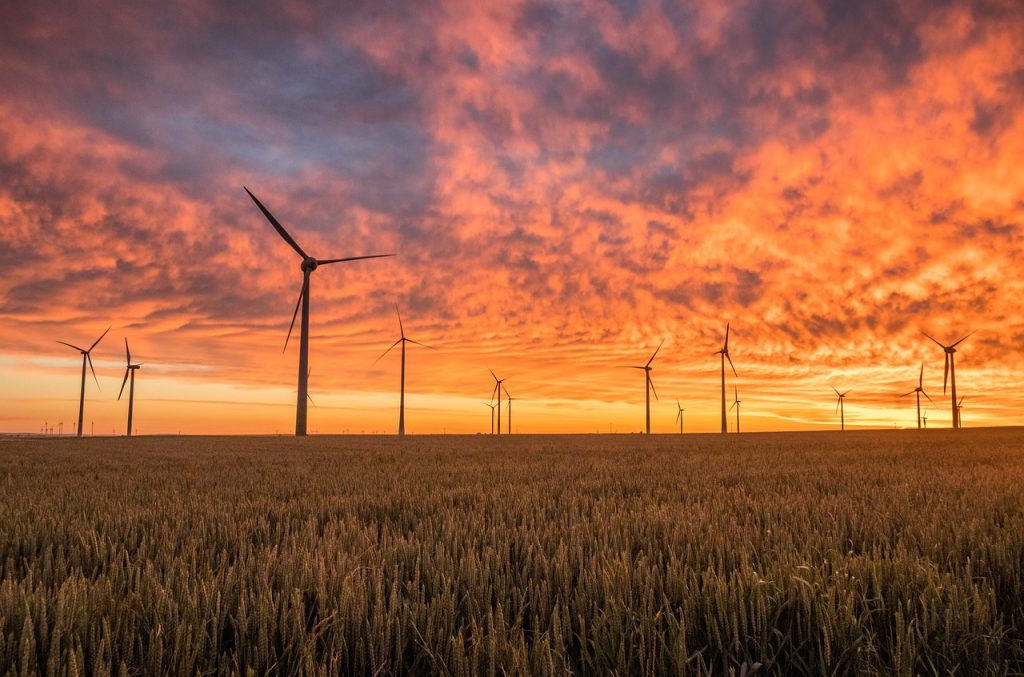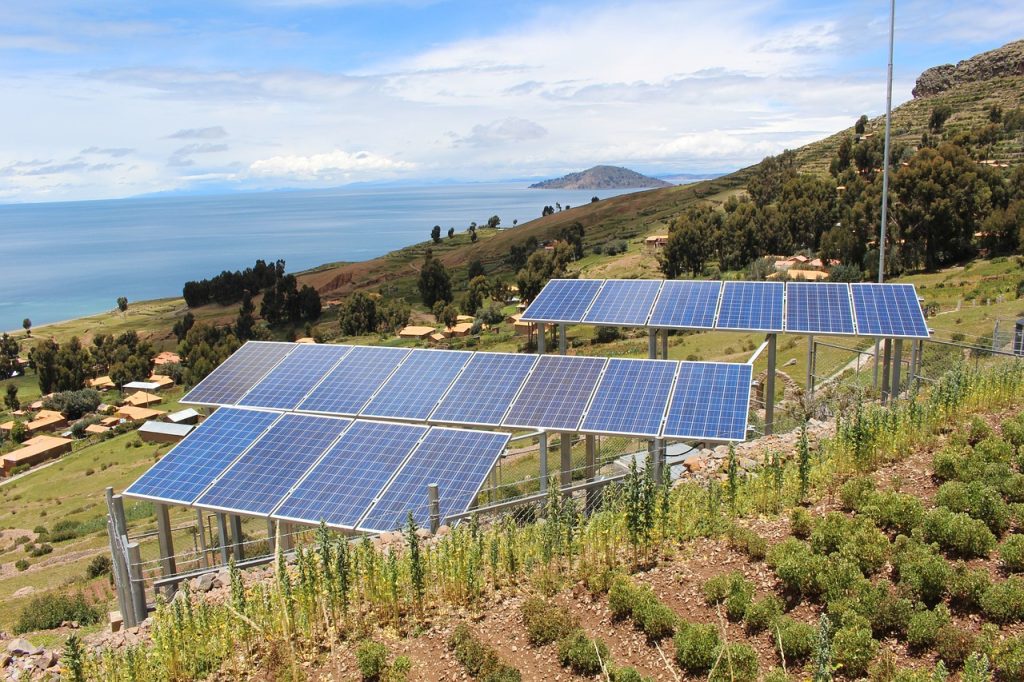How Solar Cell Works: The Photovoltaic Process Unveiled
When the semiconductor is exposed to light, it absorbs the light’s energy and transfers it to negatively charged particles in the material called electrons. This extra energy allows the electrons to flow through the material as an electrical current. This current is extracted through conductive metal contacts – the grid-like lines on solar cells – and can then be used to power homes and the rest of the electric grid.

